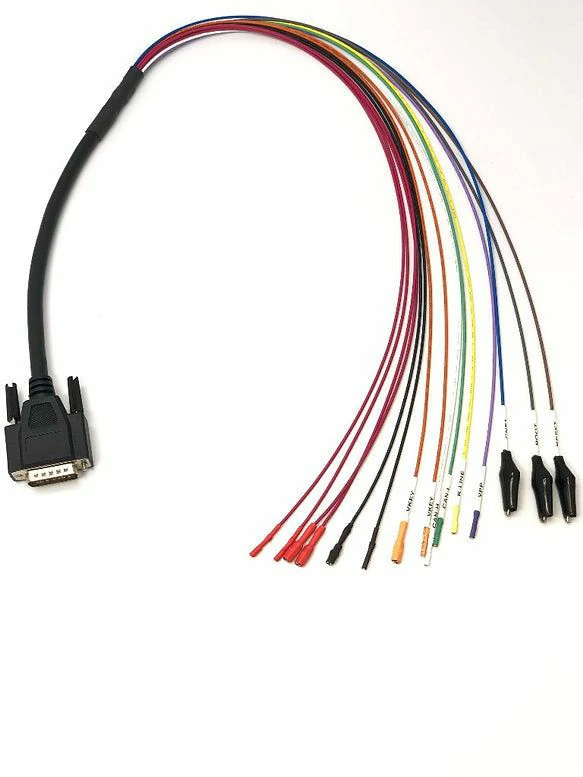Title: Categories of Cables: A Comprehensive Overview
Introduction:
Cables play a crucial role in connecting various devices and enabling seamless communication and data transfer. They come in different types and categories, each designed for specific purposes and applications. In this article, we will explore the categories of cables, their characteristics, and their common uses.
1. Coaxial Cables:
Coaxial cables consist of an inner conductor, an insulating layer, a conductive shield, and an outer insulating layer. They are widely used for transmitting high-frequency signals, such as cable television, internet connectivity, and video surveillance systems. Coaxial cables have excellent noise isolation and signal quality, making them suitable for long-distance data transmission.
2. Twisted Pair Cables:
Twisted pair cables are commonly used for transmitting analog or digital signals in telecommunications and computer networks. They consist of pairs of insulated copper wires twisted together to minimize electromagnetic interference. Twisted pair cables are further categorized into two types: unshielded twisted pair (UTP) and shielded twisted pair (STP). UTP cables are more economical and suitable for short distances, while STP cables provide better protection against external interference.
3. Fiber Optic Cables:
Fiber optic cables are revolutionizing the world of data transmission due to their exceptional speed, bandwidth, and immunity to electromagnetic interference. They use tiny strands of glass or plastic fibers to transmit light signals, enabling the transfer of large amounts of data over long distances. Fiber optic cables are extensively used in telecommunication networks, internet backbones, and high-speed data centers.
4. HDMI Cables:
High-Definition Multimedia Interface (HDMI) cables are specifically designed for transmitting high-quality audio and video signals between devices such as televisions, projectors, and gaming consoles. They support high-resolution and surround sound formats, ensuring a superior audiovisual experience. HDMI cables come in various versions, with the latest versions supporting features like 4K resolution and HDR (High Dynamic Range) content.
5. USB Cables:
Universal Serial Bus (USB) cables are ubiquitous in today’s digital age, connecting a wide range of devices to computers, smartphones, and other peripherals. They facilitate data transfer, charging, and device synchronization. USB cables have evolved over time, with different versions offering varying data transfer speeds, power delivery capabilities, and connector types, such as USB-A, USB-B, and USB-C.
6. Power Cables:
Power cables, also known as AC cables, are used to deliver electrical power from an outlet to electrical devices. They come in different forms, including the standard three-pronged power cords, extension cables, and power supply cables for computer systems. Power cables are engineered to meet specific voltage and current requirements, ensuring safe and reliable power transmission.
Conclusion:
Cables are indispensable components of modern technology, enabling seamless communication and data transfer across various domains. Understanding the different categories of cables is essential for selecting the right cable type based on the intended application. Whether it is coaxial cables for high-frequency signals, fiber optic cables for long-distance data transmission, or HDMI cables for high-quality audiovisual connectivity, each category serves a specific purpose, contributing to the efficient functioning of our interconnected world.
.webp)
